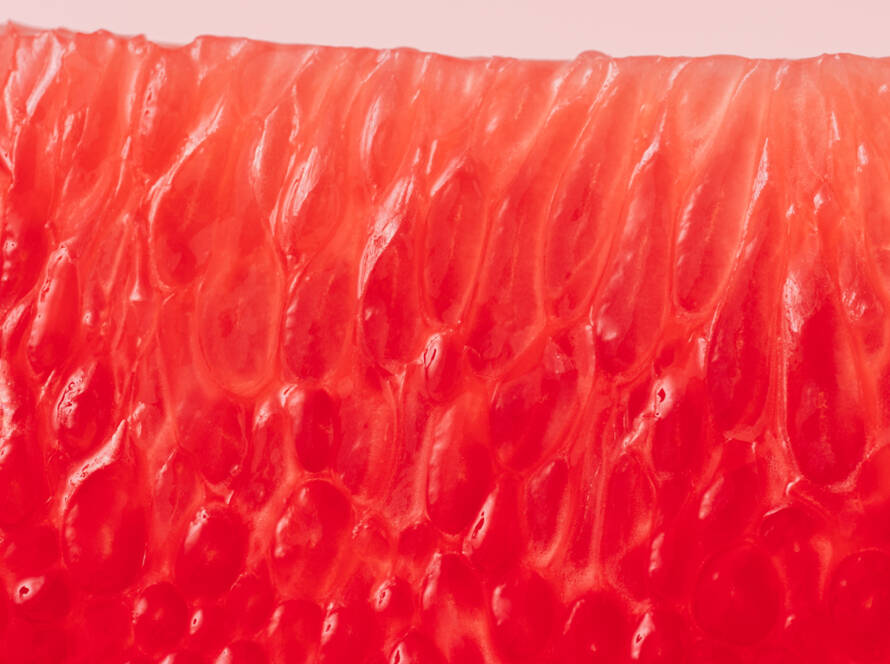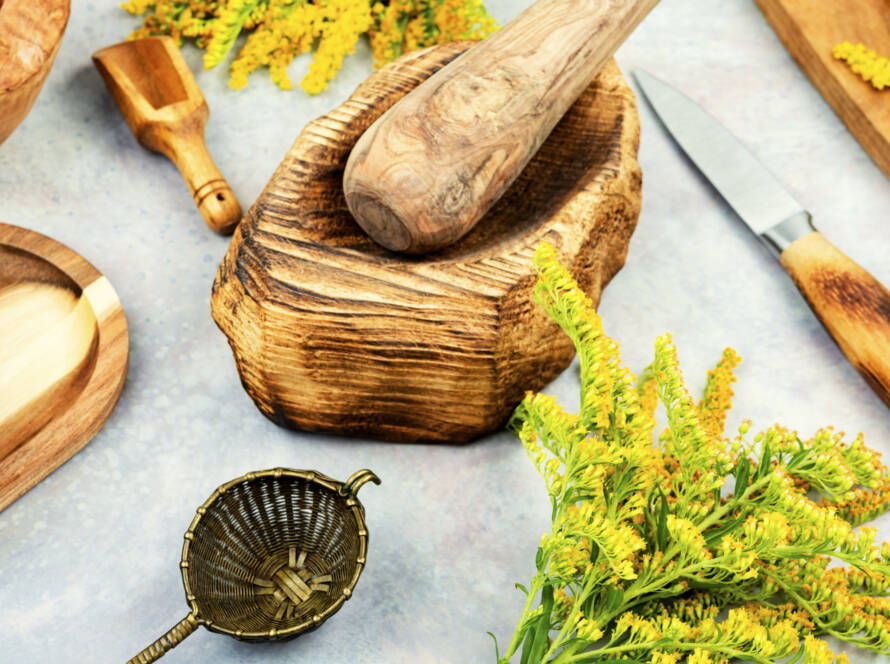Cranberry
Introduction
This fact sheet provides basic information about cranberries, including their common names, uses, potential side effects, and resources for further information. Cranberries are the fruit of a native plant of North America and are commonly used in foods and herbal products.
Common Names
- Cranberry
- American cranberry
- Bog cranberry
Latin Names
- Vaccinium macrocarpon
What It Is Used For
- Historically, cranberry fruits and leaves were used for various ailments, including wounds, urinary disorders, diarrhea, diabetes, stomach issues, and liver problems.
- Recently, cranberry products have been utilized to prevent or treat urinary tract infections (UTIs) and Helicobacter pylori infections, which can lead to stomach ulcers. They are also used to avoid dental plaque. Additionally, cranberries are reported to have antioxidant and anticancer properties.
How It Is Used
Cranberries are processed into beverages and various food products, as well as dietary supplements available in extracts, teas, capsules, and tablets.
What the Science Says
- Some studies have shown promise for cranberry products in preventing urinary tract infections, but these studies are generally small and not always randomized or controlled, leading to inconclusive results.
- Cranberry products have not adequately been tested for treating urinary tract infections.
- Research indicates that components in cranberries may prevent bacteria, such as E. coli, from adhering to the urinary tract walls, although the exact mechanism of action is not fully understood.
- Organizations like NCCAM and the National Institutes of Health are funding studies to explore how cranberry might work to:
- Prevent urinary tract infections
- Prevent the formation of dental plaque
Side Effects and Cautions
- Consuming cranberry products in food is generally safe, but excessive juice intake may lead to gastrointestinal upset or diarrhea.
- Individuals suspecting a urinary tract infection should consult a healthcare provider for proper diagnosis and treatment, as cranberry products should not be used to treat infections.
- It is essential to inform healthcare providers about complementary and alternative practices to ensure coordinated and safe care.
Sources
- Coates P, Blackman M, Cragg G, et al. Encyclopedia of Dietary Supplements. New York, NY: Marcel Dekker; 2005:143-149.
- Natural Medicines Comprehensive Database.
- Natural Standard Database.
 NCCAM National Institutes of Health
NCCAM National Institutes of Health


